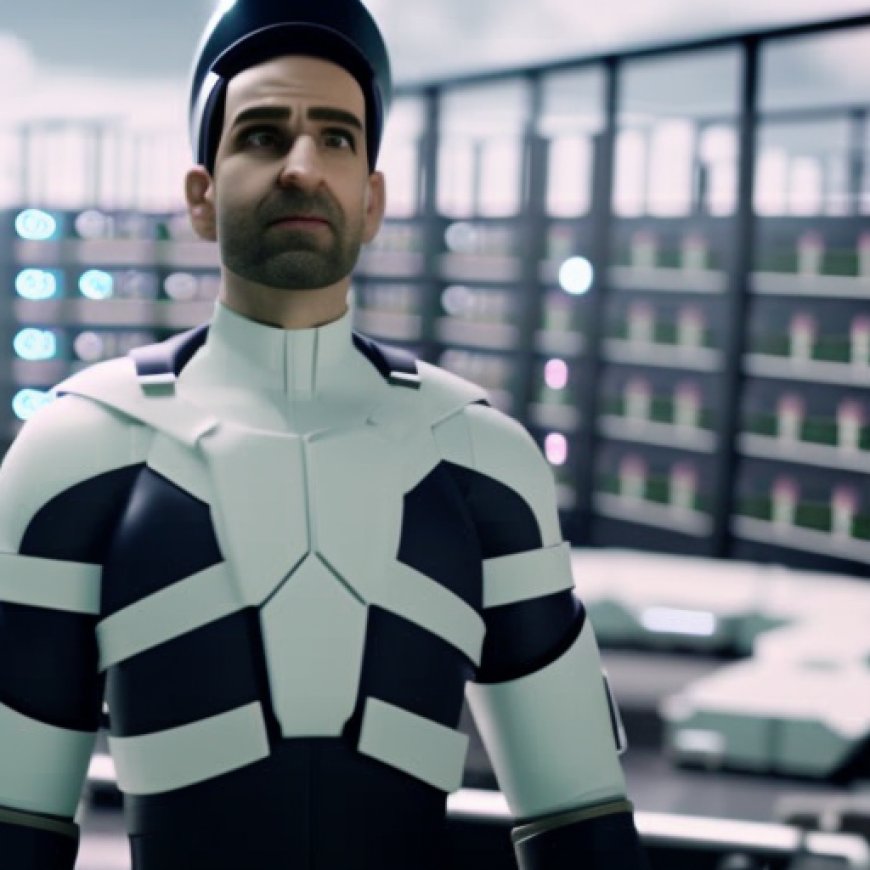Clean energy developer makes progress with massive energy storage project: ‘It solves many issues with the grid’
Clean energy developer makes progress with massive energy storage project: 'It solves many issues with the grid' The Cool Down


Clean Energy Developer Makes Progress with Massive Energy Storage Project: ‘It Solves Many Issues with the Grid’
As more clean energy infrastructure is built in the United States, allowing us to harvest energy from the wind and sun, we also need more ways to store that energy. One such method, called pumped hydro storage, is about to make a comeback in Nevada.
Clean-Energy Developer rPlus Energies
Clean-energy developer rPlus Energies is one step away from gaining final approval for a one gigawatt pumped hydro storage project that, if completed, could store enough clean energy to single-handedly meet one-eighth of the state’s peak power demand.
Pumped Hydro Storage
Pumped hydrogen storage works by creating two reservoirs at different elevations, with water passing back and forth between the two, storing and generating energy in the process. A pumped storage system “acts similarly to a giant battery, because it can store power and then release it when needed,” the Department of Energy explained.
While the system uses energy to move the water to the higher elevation, on the way down, it just relies on gravity, passing through a turbine that generates new electricity.
Advantages of Pumped Hydro Storage
- The technology has been around for a long time.
- It is more efficient and can store more energy at once than existing battery storage systems.
- It doesn’t require lithium, unlike batteries.
For clean energy developers, pumped hydro storage is a great solution to the storage issue.
Impact on Sustainable Development Goals (SDGs)
Nevada has an official stated goal of reaching 50% renewable energy by 2030. A project like this one, if finished in time, could make a big difference in terms of reaching that goal.
Which Factor Would Most Effectively Motivate You to Recycle Your Old Batteries?
Click your choice to see results and speak your mind
Join our free newsletter for weekly updates on the coolest innovations improving our lives and saving our planet.
1. Which SDGs are addressed or connected to the issues highlighted in the article?
- SDG 7: Affordable and Clean Energy – The article discusses the need for more ways to store clean energy generated from wind and sun, highlighting the use of pumped hydro storage as a solution.
- SDG 9: Industry, Innovation, and Infrastructure – The article mentions the development of clean energy infrastructure and the pumped hydro storage project as an innovative solution.
- SDG 13: Climate Action – The article emphasizes the role of pumped hydro storage in storing clean energy and reducing reliance on fossil fuels, contributing to climate action.
2. What specific targets under those SDGs can be identified based on the article’s content?
- SDG 7.2: Increase substantially the share of renewable energy in the global energy mix – The article mentions Nevada’s goal of reaching 50% renewable energy by 2030, and the pumped hydro storage project can contribute to achieving this target.
- SDG 9.4: Upgrade infrastructure and retrofit industries to make them sustainable – The development of clean energy infrastructure, including pumped hydro storage, aligns with this target.
- SDG 13.2: Integrate climate change measures into national policies, strategies, and planning – The adoption of pumped hydro storage as a clean energy storage solution supports this target by reducing greenhouse gas emissions.
3. Are there any indicators mentioned or implied in the article that can be used to measure progress towards the identified targets?
- Indicator: Percentage of renewable energy in Nevada’s energy mix – This indicator can measure progress towards SDG 7.2 and assess the contribution of the pumped hydro storage project in increasing the share of renewable energy.
- Indicator: Number of clean energy infrastructure projects – This indicator can measure progress towards SDG 9.4 and track the development and implementation of innovative solutions like pumped hydro storage.
- Indicator: Reduction in greenhouse gas emissions – This indicator can measure progress towards SDG 13.2 and assess the effectiveness of pumped hydro storage in mitigating climate change by displacing fossil fuel-based energy generation.
4. Table: SDGs, Targets, and Indicators
| SDGs | Targets | Indicators |
|---|---|---|
| SDG 7: Affordable and Clean Energy | 7.2: Increase substantially the share of renewable energy in the global energy mix | Percentage of renewable energy in Nevada’s energy mix |
| SDG 9: Industry, Innovation, and Infrastructure | 9.4: Upgrade infrastructure and retrofit industries to make them sustainable | Number of clean energy infrastructure projects |
| SDG 13: Climate Action | 13.2: Integrate climate change measures into national policies, strategies, and planning | Reduction in greenhouse gas emissions |
Behold! This splendid article springs forth from the wellspring of knowledge, shaped by a wondrous proprietary AI technology that delved into a vast ocean of data, illuminating the path towards the Sustainable Development Goals. Remember that all rights are reserved by SDG Investors LLC, empowering us to champion progress together.
Source: thecooldown.com

Join us, as fellow seekers of change, on a transformative journey at https://sdgtalks.ai/welcome, where you can become a member and actively contribute to shaping a brighter future.







